Histamine is an extremely necessary bioactive chemical, that is indispensable for the efficient functioning of many-body systems.
It is a neurotransmitter (a chemical substance that conveys messages between cells of the nervous system) and is a component of stomach acid, which is what helps you break down food in your stomach, and helps in brain function.
This chemical also controls our circadian rhythm (roughly 24-hour cycles of mental, physical, and behavioral changes).
Another of histamine’s most essential roles is to cause inflammation at the site of a wound, or viral/bacterial infection, in order to begin the healing process.
The compound appears in different concentrations in a range of mammalian tissues. In humans, the highest concentrations are found in the skin, nose, lung, intestinal mucosa, certain blood cells (mast cells, basophils), and stomach, with smaller amounts in the heart and brain.
What is Histamine Intolerance?
An excessive amount of this chemical, from a variety of different sources, will result in symptoms frequently indistinguishable from allergy.
Although they may be the same in type as an allergic reaction, these symptoms take more time to appear and are not evident immediately after histamine-rich foods and beverages are consumed.
This is because the level of histamine needs to reach a certain critical level before the tissues respond. Since these symptoms look like an allergy but aren’t, researchers tend to describe the problem as a “pseudoallergy.”
Levels of 0.3 to 1.0 nanograms per milliliter (ng/mL) in plasma are acknowledged to be normal. Every individual has a different level of histamine that they tolerate without symptoms.
Exceeding that personal level (called a person’s “tolerance threshold” or “limit of tolerance”) can result in symptoms. Also, deficiency in the DAO enzyme system, found in the intestinal mucosa, has been suggested as the most probable cause of histamine intolerance.
In the present moment, expert opinion suggests at least 1% of the population suffers from this type of intolerance, most of whom (80%) are middle-aged women.
Symptoms of Histamine Intolerance:
- Difficulty falling asleep and easily arousal (this makes sleep seem unrefreshing or inadequate);
- Digestive tract upset, especially heartburn, “indigestion”, and reflux;
- Stomach to experience cramps and diarrhea;
- Nasal congestion, sneezing, difficulty breathing;
- Nose to itch, sneeze, and produce more mucus;
- Fatigue, confusion, irritability;
- Arrhythmia, or accelerated heart rate;
- In women: menstrual problems;
- Low blood pressure;
- Swelling of ankles/feet;
- Recurrent anaphylactic (severe allergic) reactions;
- Conjunctivitis (watery, irritated, reddened eyes);
- Skin conditions like dermatitis, rashes, hives, or eczema.
List of Food High In Histamine
Tip – histamine itself has no flavor and is odorless, so you can’t use the “smell test” to detect its presence.
Meat & Poultry
The less fresh it is, the more histamine it will contain.
Fish
Fish (especially canned or smoked fish), including – tuna, sardines, mackerel, herring, or anchovies;
Dairy Products
Cheeses, especially aged or fermented cheese, such as parmesan, blue, and Roquefort.
Alcohol
Fermented alcoholic beverages, especially champagne, red wine, and beer.
Caffeine
Coffee, cocoa, chocolate, and other cocoa-based products.
Fermented Foods
Fermented foods that are high in histamine include the following – sauerkraut, soy sauce, yogurt, kefir, kombucha, etc.
Dried Fruits
Dried fruits such as apricots, prunes, dates, figs, and raisins.
Tip – you may be able to eat these fruits, without reaction, if the fruit is thoroughly washed.
Spices
Spices that are high in histamine are chili powder, cinnamon, cayenne, cloves, anise, cloves, nutmeg, curry powder.
Nuts
Nuts – cashews, walnuts, Brazil nuts, and peanuts.
Note – the cashew is technically not a nut.
Leftovers
The longer any food sits before being consumed (even if it’s refrigerated), the more bacteria grow in it, hence, the more histamine is produced.
Vinegar
Vinegar or vinegar-containing foods, such as salad dressing, mayonnaise, pickled beets, ketchup, chili sauce, pickles, relishes, olives, and prepared mustard.
READ MORE: Lipoflavonoid Side Effects
Vegetables & SomeFruits
Spinach, tomatoes, eggplant, mushrooms, canned vegetables, avocados, strawberries, papaya, and pineapple.
Then, there’s the second category of foods that don’t contain this compound themselves but can cause your body to release more of it.
READ MORE: Chromium Polynicotinate Dangers
Histamine-Releasing Foods List
- Alcohol;
- Cocoa and chocolate;
- Eggs;
- Fish;
- Shellfish;
- Milk;
- Tomatoes;
- Papayas;
- Pineapple;
- Bananas;
- Strawberries;
- Additives – benzoate, nitrites, sulfites, glutamate, food dyes.
READ MORE: Rutabaga vs Turnip
Diamine Oxidase (DAO) Blocking Foods List
In healthy people, the ingestion and production of histamines are balanced out by an enzyme called DAO – diamine oxidase, which breaks down this chemical.
Vitamin B6, vitamin C, zinc, and copper are all required for diamine oxidase to work efficiently. Addressing potential deficiencies in these nutrients may be helpful in resolving this problem.
- Alcohol;
- Black tea;
- Green tea;
- Mate tea;
- Energy drinks.
Some medications also inhibit DAO. These medications include the following:
- Moduretic (a drug that is prescribed in people with congestive heart failure, hypertension, or hepatic cirrhosis);
- verapamil (a calcium channel blocker which is used to treat angina, high blood pressure, and some heart rhythm disorders);
- Reglan;
- aminophylline;
- aspirin;
- Tagamet;
- Elavil.
The biggest nonfood source of histamines in most people’s bodies, though, is their gut flora (also synthesize vitamins B-7, B-12, and K).
Unhealthy gut flora might even be able to create histamine intolerance problems in an individual who would otherwise be completely healthy. Some kinds of bacteria produce this biochemical, while others degrade it.
To sum it all up, good gut health is just as crucial for histamine tolerance as it is for everything else.
READ MORE: Phytic Acid Foods List
Low-Histamine Foods List
Low-histamine foods, in contrast with high-histamine foods, are fresh and unprocessed. They’re filled with light and life force.
Their tastes are soft, sweet, and nurturing. To go on a diet ultra-low-histamine, only eat freshly made foods.
This means cooking with portion control in mind. Frozen food seems to be the exception, as bacteria don’t grow in ultra-cold settings.
- Starches: potato, sweet potato, cornflakes (all natural no additives), pats, quinoa, rice;
- Fresh fruits – with the exception of strawberries, most fresh fruits are considered to have a low histamine level – mango, pear, watermelon, cantaloupe, feijoa, apple, kiwi, grapes;
- Fresh vegetables – with the exception of tomatoes – cabbage, lettuce, beetroot, asparagus, pumpkin, onion, radishes, paprika, broccoli, cucumber, leek, zucchini, garlic, cauliflower, chicory, field salad, carrot, sweet pepper, rhubarb;
- Vegan milk: rice, oat, coconut;
- Water is also absolutely necessary because histamine is also released when the body is dehydrated.
Note
Histamine itself is NOT destroyed by freezing, cooking, hot smoking, or canning. So, once it has been produced, you are stuck with it.
Featured image credit – Shutterstock
READ THIS NEXT: Manganese vs Magnesium – Differences
References http://www.histaminintoleranz.ch/downloads/SIGHI-Leaflet_HistamineEliminationDiet http://www.ncbi.nlm.nih.gov/pubmed/8645981?dopt=Abstract http://www.aerzteblatt.de/pdf/103/51/a3477e.pdf
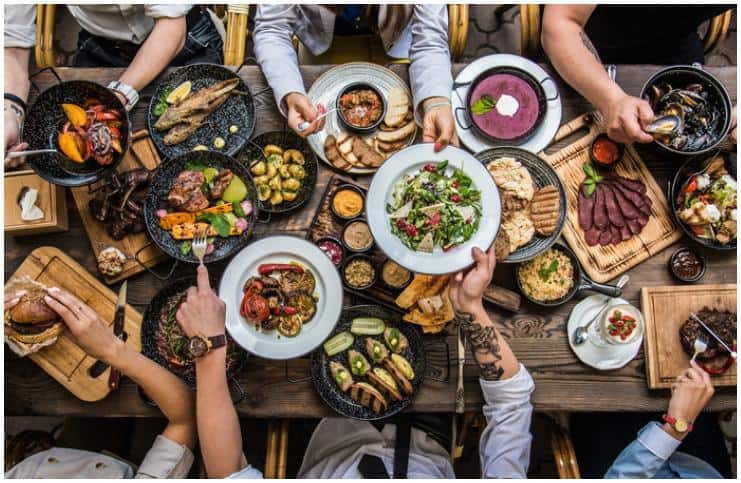
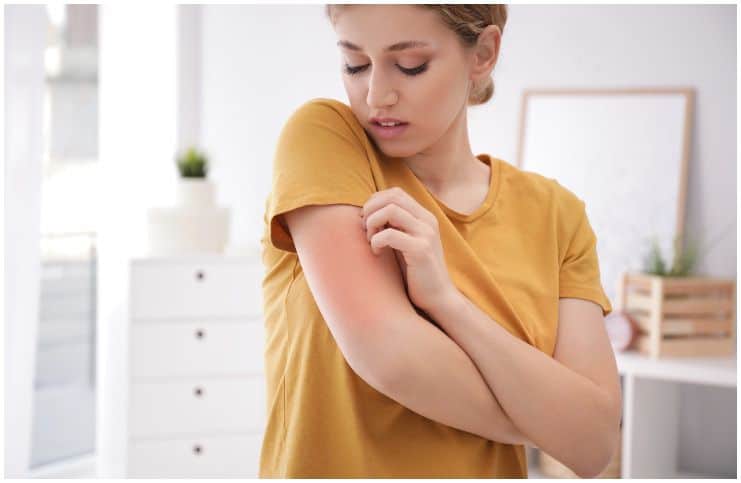

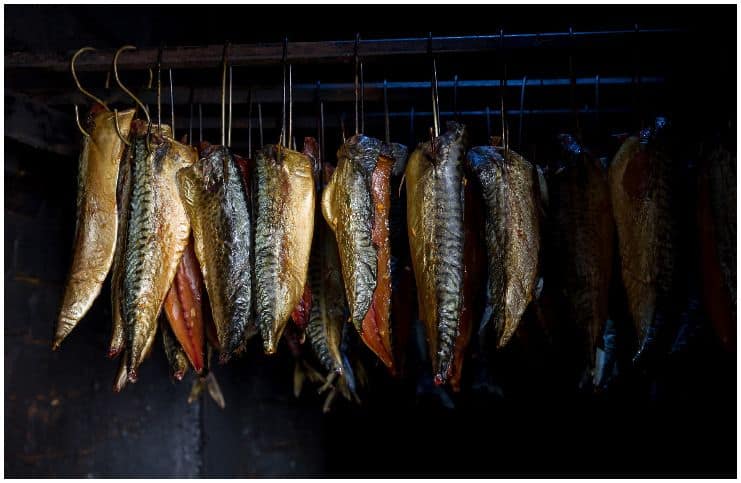
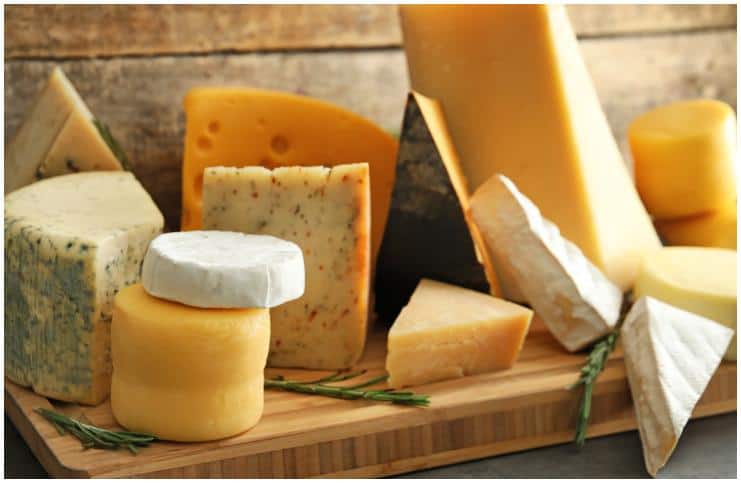


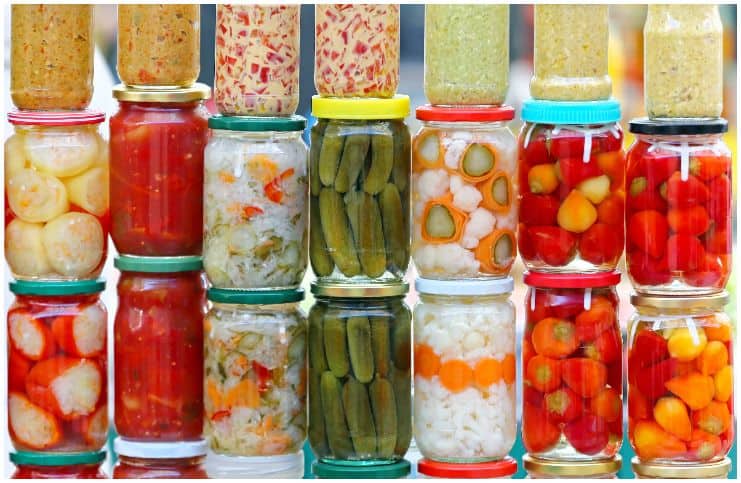
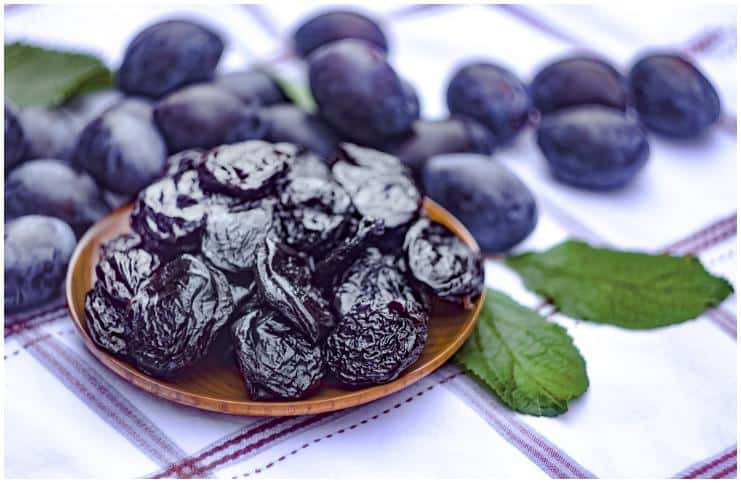
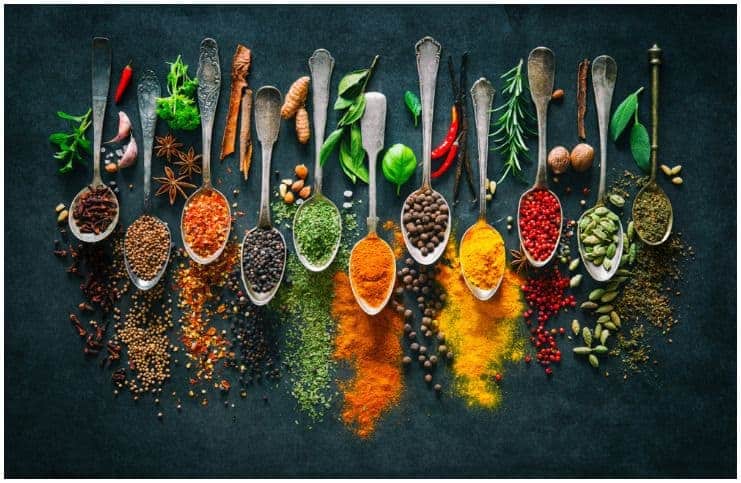
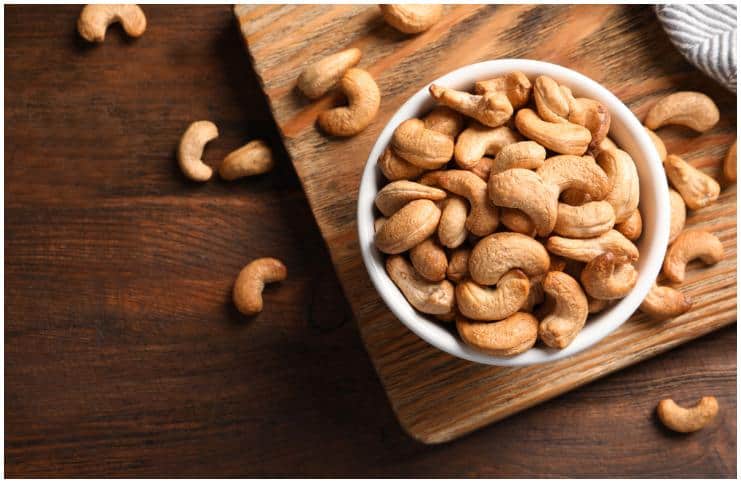

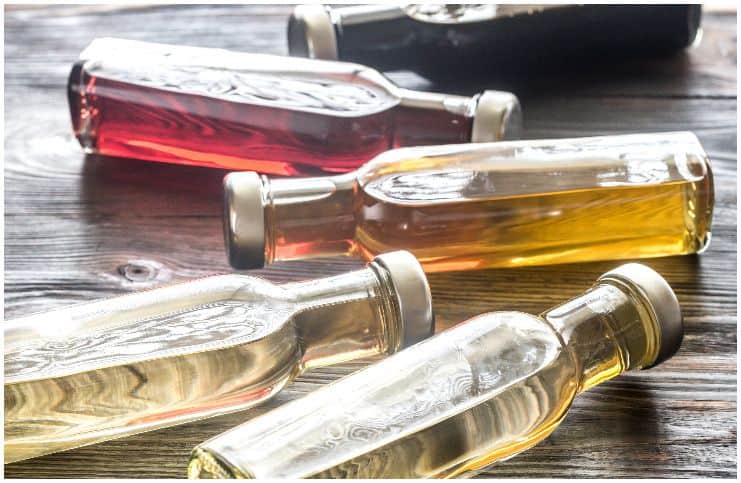

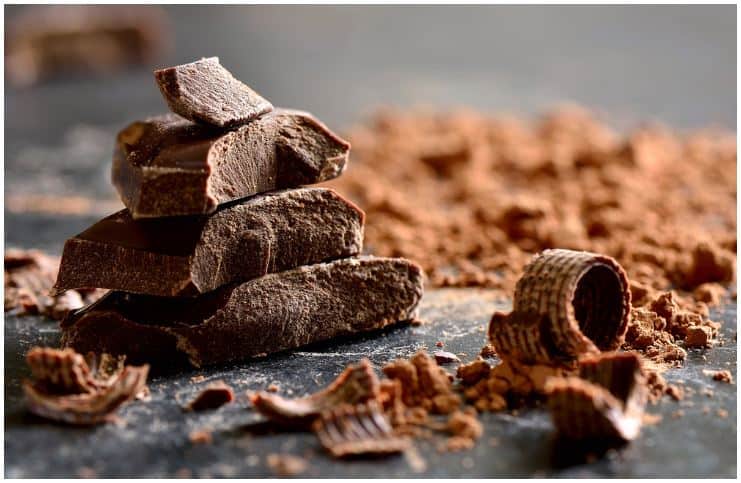
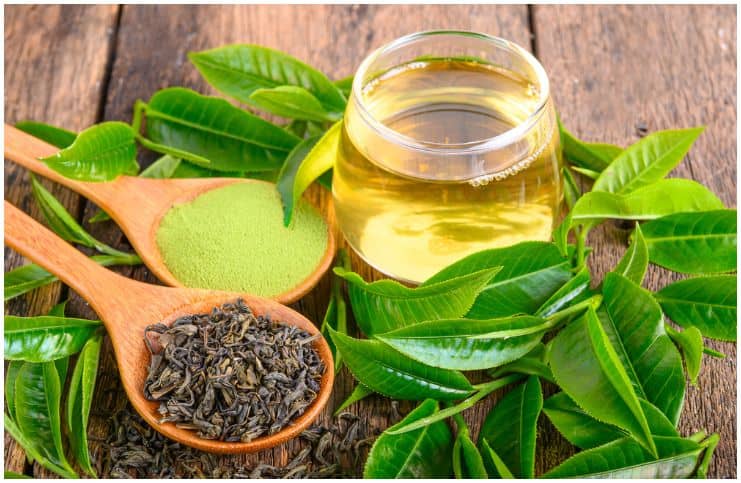
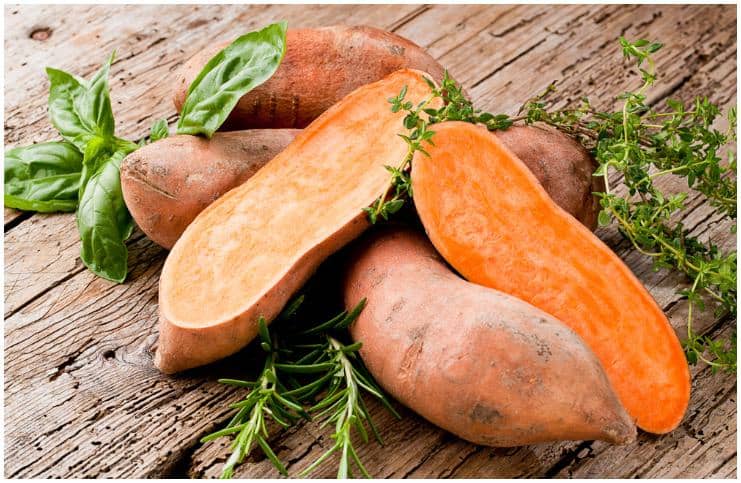
hi,thank you for your info ,beetroot is very high in oxalate so what should i eat gerald
I would like to get a list of foods in the Histamine intolerance category in order to print it out. Can you help with that
I have a question can we be allergic to anything why only set things?and why can it change?
Some lists show pumpkin pears broccoli garlic onion. Are all of these high histamine? I get palpatations and think it is from high histamine tyramine foods, but it gets so confusing bc there seems to not be alot of foods you CAN eat. I am new to this so maybe that is why. Can anyone give me some recipes and foods that I can make quickly or just buy that are good for me. It gets a little scary and confusing as to what to eat so as not to get those palpatations!
Plus does estrogen or more specifically premarin act as a catalyst for histamine and tyramine release? It is a hormone and want to know if there is a connection.
Hi Francine,
Your white blood cells, mass cells, produce histamine. You need this as it fights inflammation in your body. However, It’s only when you can’t break down histamine because the DAO enzyme, produced naturally in your body, has decreased, causing the histamine to build up and then you have histamine intolerance.
Being estrogen dominant can lead to histamine intolerance, as they are related. Excess estrogen may not be only your ovaries producing too much, but also that you may not be effectively breaking down and excreting your excess Estrogen, causing it to also build up in your body.
Histamine and estrogen attach to the H1 Receptors in your immune system, and because of this, estrogen will cause the release of histamine from your mast cells present in the reproductive organs of both women and men.
The more Estrogen you have, the more histamine will be released into the bloodstream, and the more histamine results in more estrogen, thus it becomes a vicious cycle.
If you know you are estrogen dominant, and have histamine intolerance, they should both be treated simultaneously, because one problem feeds the other. Best to see a functional medicine doctor who has knowledge in both.
This book by Dr. Becky Campbell’s,”The 4-Phase Histamine Reset Plan” is a very informative book, with lots of helpful information, and food recipes.
I hope this helps.